MASTER OF FOREST WOOD SCULPTING
One day in early December, next to the pole, under the traditional roof of the Co Tu people (communal house) in the center of Nam Dong district, a group of 6 wood carving artisans passionately poured each chisel stroke, each drawing... onto the wood grain. They were trying to complete the tomb house prototype with full components, round statues, single-log coffins... as part of a project to support the preservation and promotion of intangible culture of ethnic minorities at risk of extinction (chaired by the Vietnam Institute of Culture and Arts). Mr. Le Nhu Suu, Head of the Department of Culture and Information of Nam Dong district, told me that I was lucky to come at the right time to gather the best artisans of the district, especially Mr. Pham Xuan Tin - the person the group of craftsmen called teacher.

Co Tu woodcarver Pham Xuan Tin repairs the tomb roof previously carved by his students.
"After returning to my hometown after a few days of building tombs for the locals, I came here to see how far the brothers had come. Now I can confidently hand over the work to the group, but there are some details and patterns that need to be checked, otherwise the value will be distorted...", Mr. Tin said. Building traditional tombs has been a profession passed down from father to son in Mr. Tin's family for many generations. Since the age of 11, he followed his father to remote villages to build tombs. In the early days, he was assigned to chisel simple steps according to his father's drawings. His skills grew over the years, he built the tombs himself according to the model taught by his father and experimented with making large round statues that are often erected around tombs.
"I will never forget my father's smile when he saw the four round statues, including one carrying a basket, one dancing, one playing a gong, and one playing a drum, that I carved. The statues were attached to the four corners of a tray, which was placed on a dugout coffin, so it was only as small as a calf, making it difficult to describe its shape. Making this type of statue was considered a profession. Those were also my first four statues," Mr. Tin recalled. That year, he was only 16 years old but was already famous throughout the Nam Dong mountains. Many families who needed to build a tomb insisted on inviting Mr. Tin to do it.
Mr. Tin said that in the past, when building traditional tombs, the Co Tu people had to choose good types of wood, such as lim, kien kien... that had rotted and only had the core left. Precious wood is increasingly scarce, and the Co Tu people are conscious of protecting the forest, so they have switched to building tombs with cement. Mr. Tin also adapted and became a bricklayer, both to earn a living and to try to preserve the old features. Therefore, when participating in building traditional tombs, standing in front of the blocks of wood, touching the chisel, baton..., Mr. Tin was as happy as if he had met a soul mate.
KEEPING THE AUTHENTICITY OF THE TOMB
When I arrived, the tomb had completed the basic components, the wooden coffin and the decorative tray were also finished. The artisans divided the remaining work, some carved the statues, some painted the patterns, and drew images of animals. As for the a chua (roof of the tomb), artisan Pham Xuan Tin himself sat down to adjust and refine it to the correct proportions. He also erased some of the motifs that his students had drawn earlier because they were not accurate. "We have to wait for teacher Tin to come and check again. This a chua cannot be done carelessly because it is almost the "soul" of the entire tomb. If you make a small mistake, you can get scolded by the teacher, but if you don't fix it, it will seriously affect the spiritual issue," Mr. Tran Van A Hinh (49 years old, living in village 8, Thuong Long commune) smiled shyly.

Thanks to the teaching of Mr. Pham Xuan Tin, the art of Co Tu sculpture in Nam Dong is preserved by many people.
According to observations, the traditional tomb of the Co Tu people is made entirely of wood with a very sturdy mortise and tenon structure. The house has 6 main pillars, of which the 2 middle pillars are exceptionally high, pulling along 2 rather steep roofs. 4 rafters on both sides are where a total of 6 crossbeams are placed. At the base of the tomb are 4 thick bamboo planks, assembled into 6 pillars. The roof of the tomb is covered with split bamboo tubes, arranged in the shape of a gutter. A chua will be placed on the top at the intersection of the 2 tomb roofs. That is an elaborate and extremely beautiful decoration with 1 head carved in the shape of a buffalo head, 1 head in the shape of a mountain goat.
Just by looking at the a chua, people will be able to judge the skill of the house builder. And Mr. Pham Xuan Tin always makes his students respect him for his top-notch sculpting skills. The proof is that the a chua brought him second prize at the 1st Traditional Sculpture Creation Camp of the Co Tu people in Nam Dong district - 2023. Explaining the meaning of the a chua, Mr. Tin said that according to the customs of the Co Tu people, the head of the mountain goat represents an animal close to the mountains and forests, and the head of the buffalo represents the sincerity of the living to the deceased. That is the sacrificial object when opening the grave-digging festival, depicted on the a chua. Looking at it, people will be able to judge which family has the conditions to slaughter buffaloes and cows, and which family has less favorable conditions to slaughter goats, chickens, pigs, etc.

Mr. Pham Xuan Tin (2nd from left) directly shows his students how to build a tomb.
Similarly, the dugout coffin also shows the artisan's sculpting skills. The wooden body is split in half, the upper part is a lid carved quite similar to a sour, the lower part is hollowed out to put the remains after excavation. From the house, a sour, coffin... are all painted with 3 colors black, red, white. The motifs in the tomb house show the intuitive view of the Co Tu people with the surrounding world that has been symbolized, such as: constellations, ferns, ta vac leaves...; animal shapes such as geckos, roosters, snakes...
"Building tombs, carving statues, painting decorations... are all easy to learn, but whether they are beautiful or not depends on each person's talent. All of my brothers and descendants who are building these tombs are my students. Recently, I also taught 20 people to preserve the art of tombs in Thuong Lo commune. I am happy to have the next generation. The fear of losing the art is also relieved when students like A Hinh who competed in a sculpture competition with me last year also won a consolation prize...", artisan Pham Xuan Tin confided. (to be continued)
Source: https://thanhnien.vn/nhat-nghe-tinh-tuyet-ky-dieu-khac-nha-mo-co-tu-185241219010244004.htm


![[Photo] General Secretary To Lam receives Japanese Ambassador to Vietnam Ito Naoki](https://vstatic.vietnam.vn/vietnam/resource/IMAGE/2025/4/3/3a5d233bc09d4928ac9bfed97674be98)
![[Photo] Prime Minister Pham Minh Chinh chairs the first meeting of the Steering Committee on Regional and International Financial Centers](https://vstatic.vietnam.vn/vietnam/resource/IMAGE/2025/4/3/47dc687989d4479d95a1dce4466edd32)
![[Photo] Capital's youth enthusiastically practice firefighting and water rescue skills](https://vstatic.vietnam.vn/vietnam/resource/IMAGE/2025/4/3/3f8481675271488abc7b9422a9357ada)
![[Photo] A brief moment of rest for the rescue force of the Vietnam People's Army](https://vstatic.vietnam.vn/vietnam/resource/IMAGE/2025/4/3/a2c91fa05dc04293a4b64cfd27ed4dbe)
![[Photo] Prime Minister Pham Minh Chinh chairs meeting after US announces reciprocal tariffs](https://vstatic.vietnam.vn/vietnam/resource/IMAGE/2025/4/3/ee90a2786c0a45d7868de039cef4a712)
![[Photo] Ho Chi Minh City speeds up sidewalk repair work before April 30 holiday](https://vstatic.vietnam.vn/vietnam/resource/IMAGE/2025/4/3/17f78833a36f4ba5a9bae215703da710)
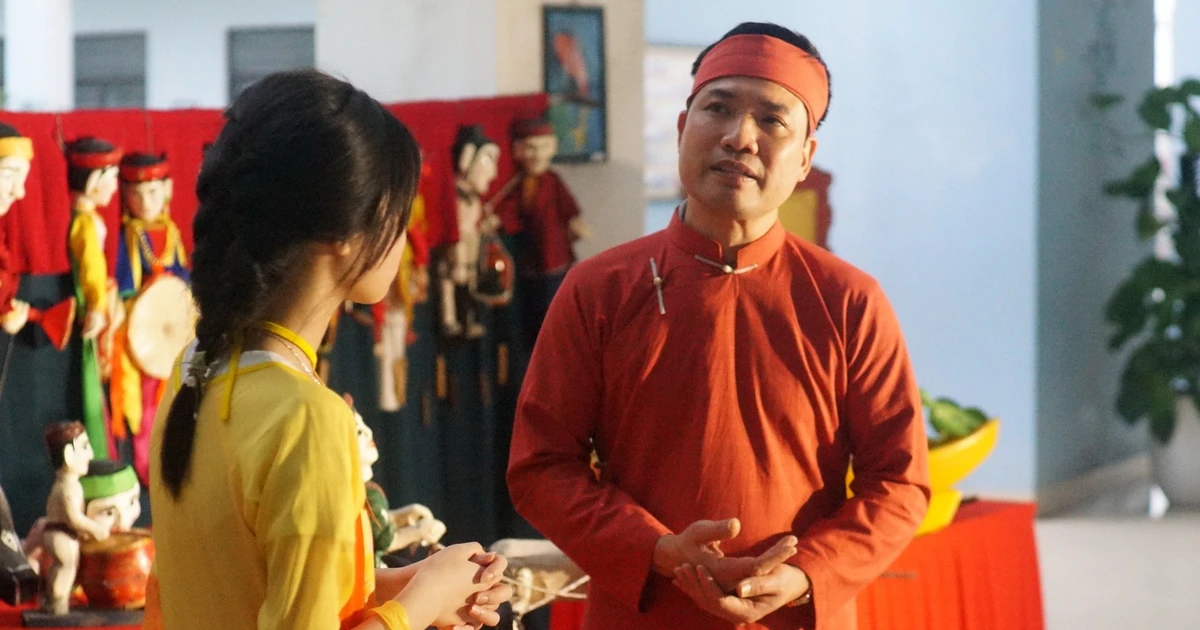

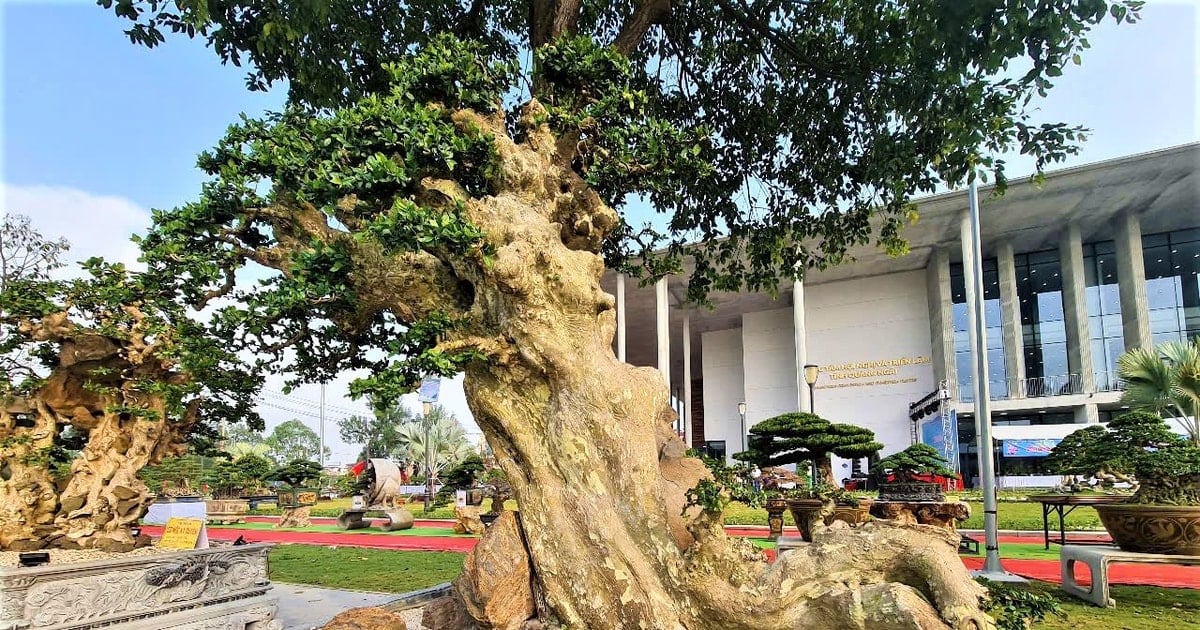

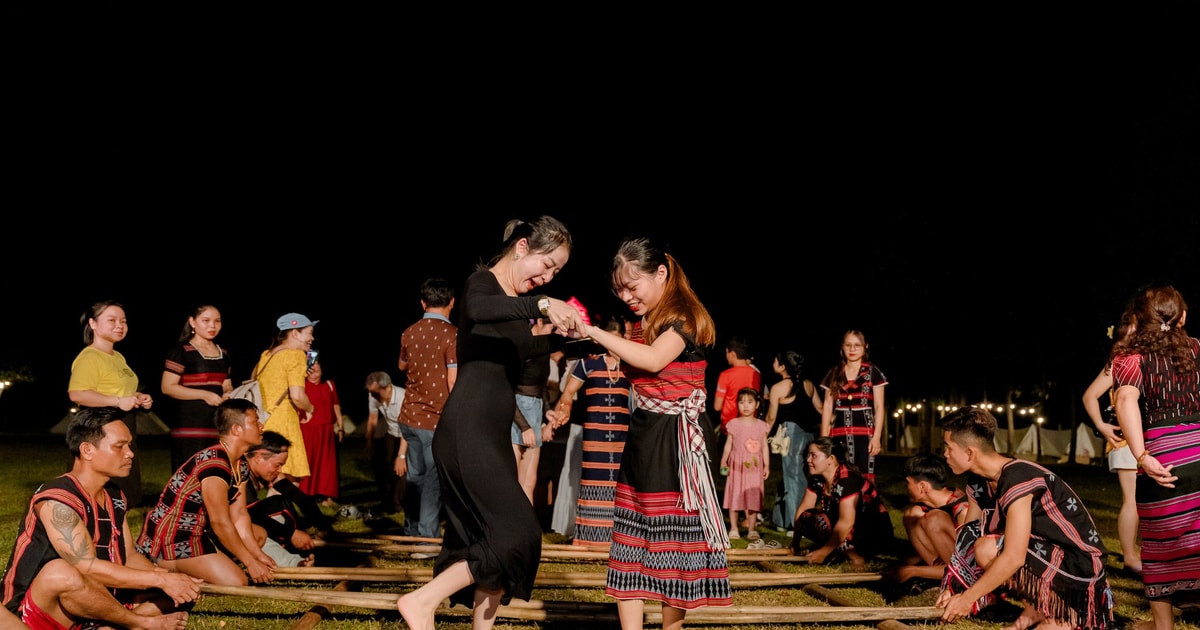

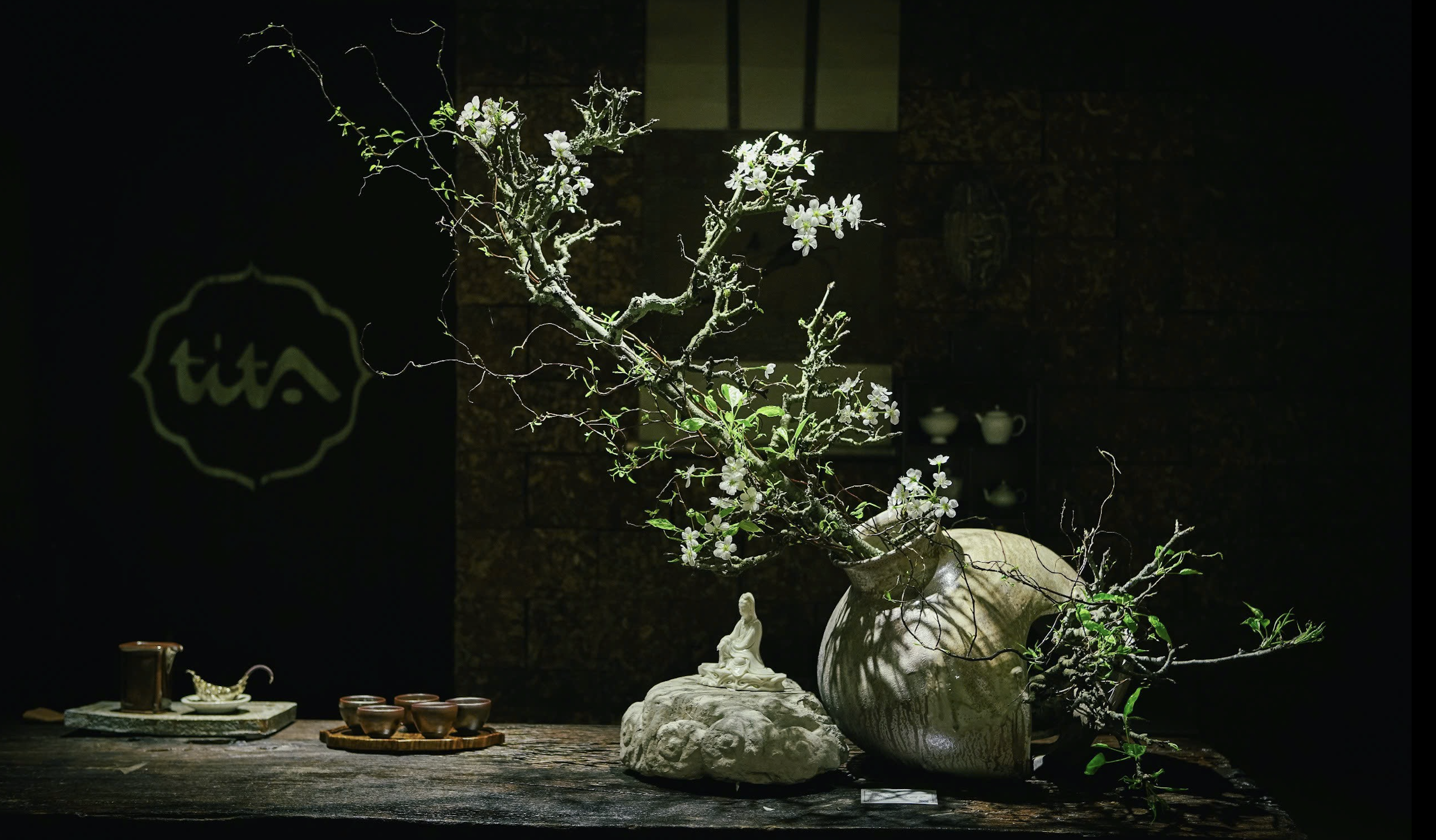

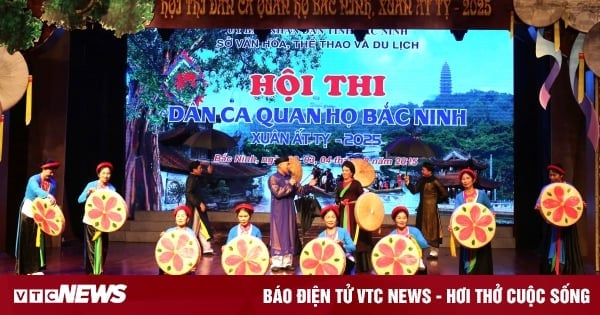

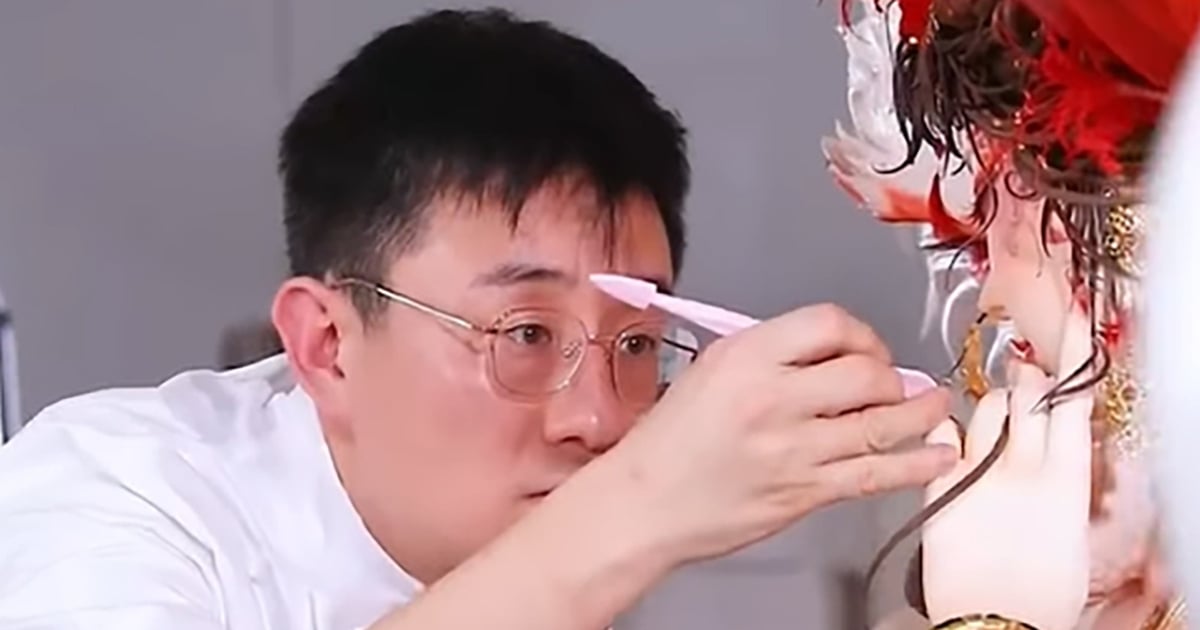

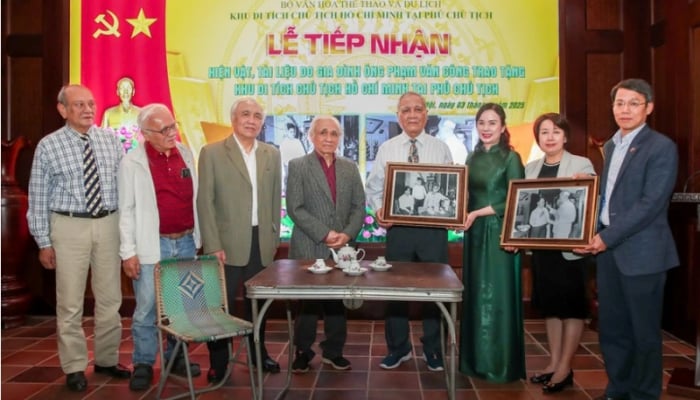


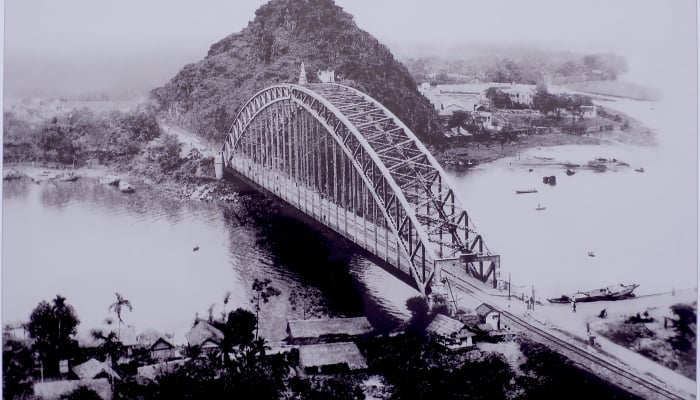





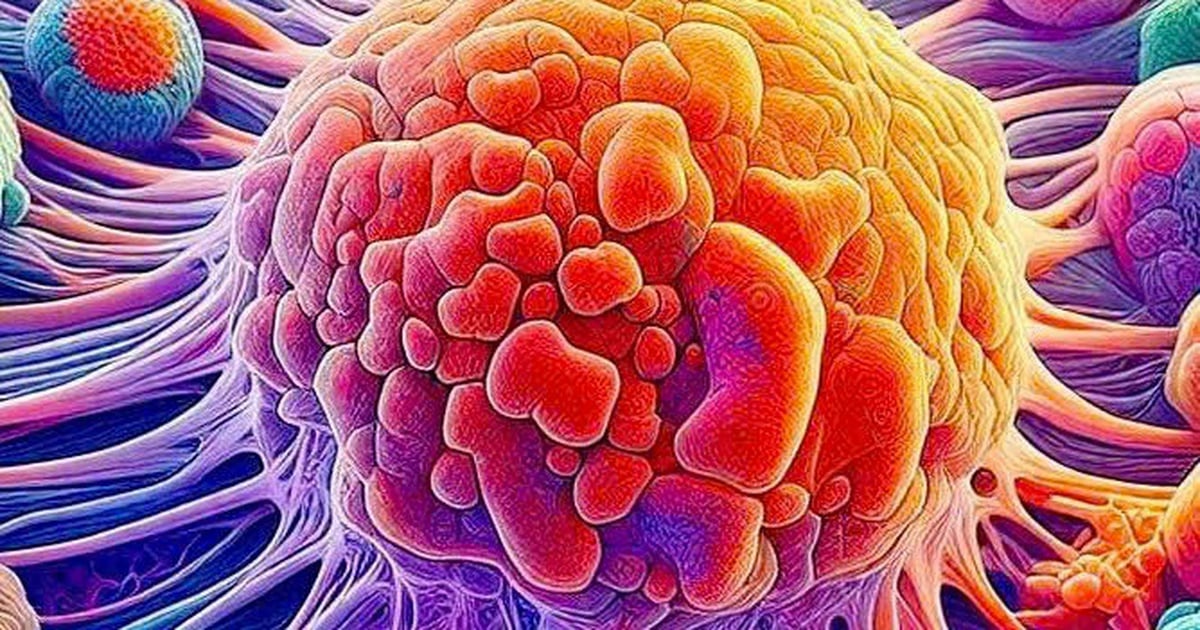






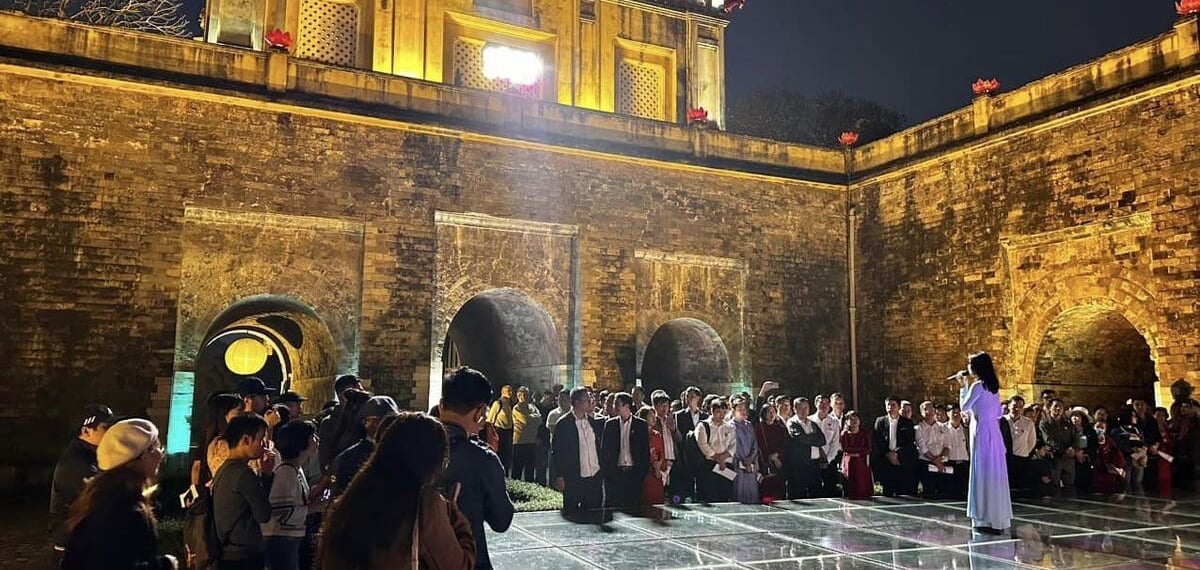

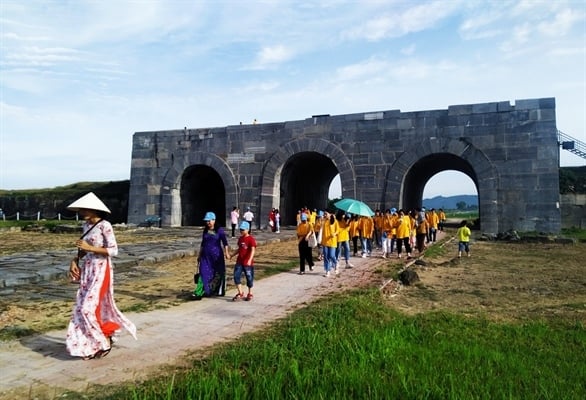

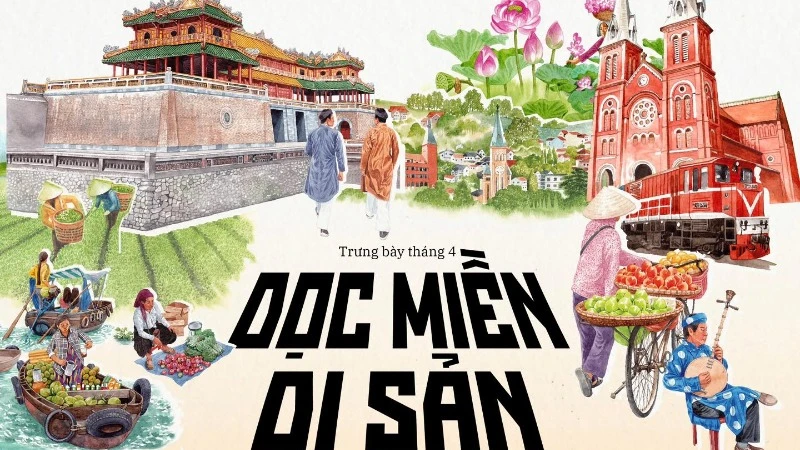




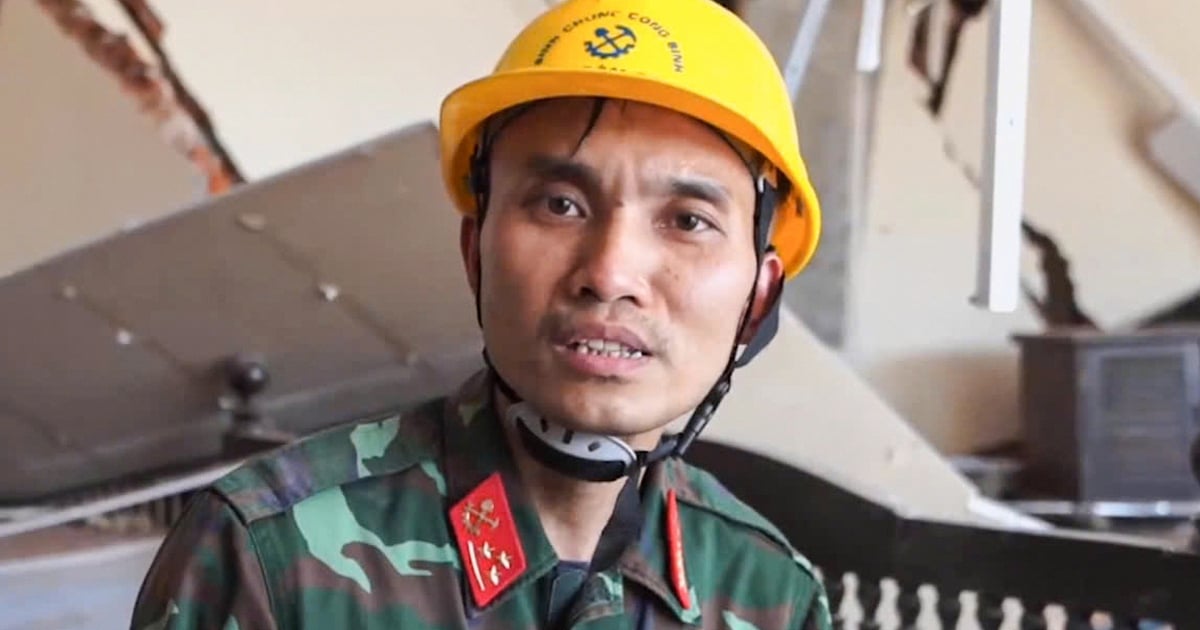
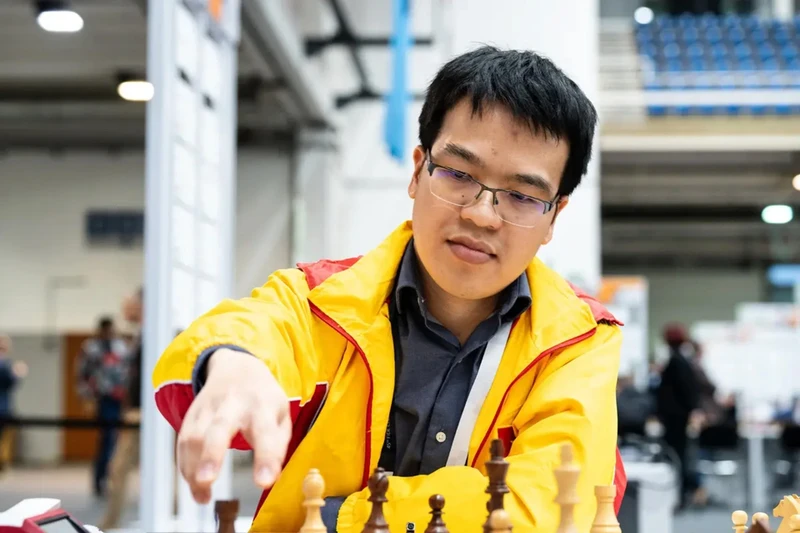



















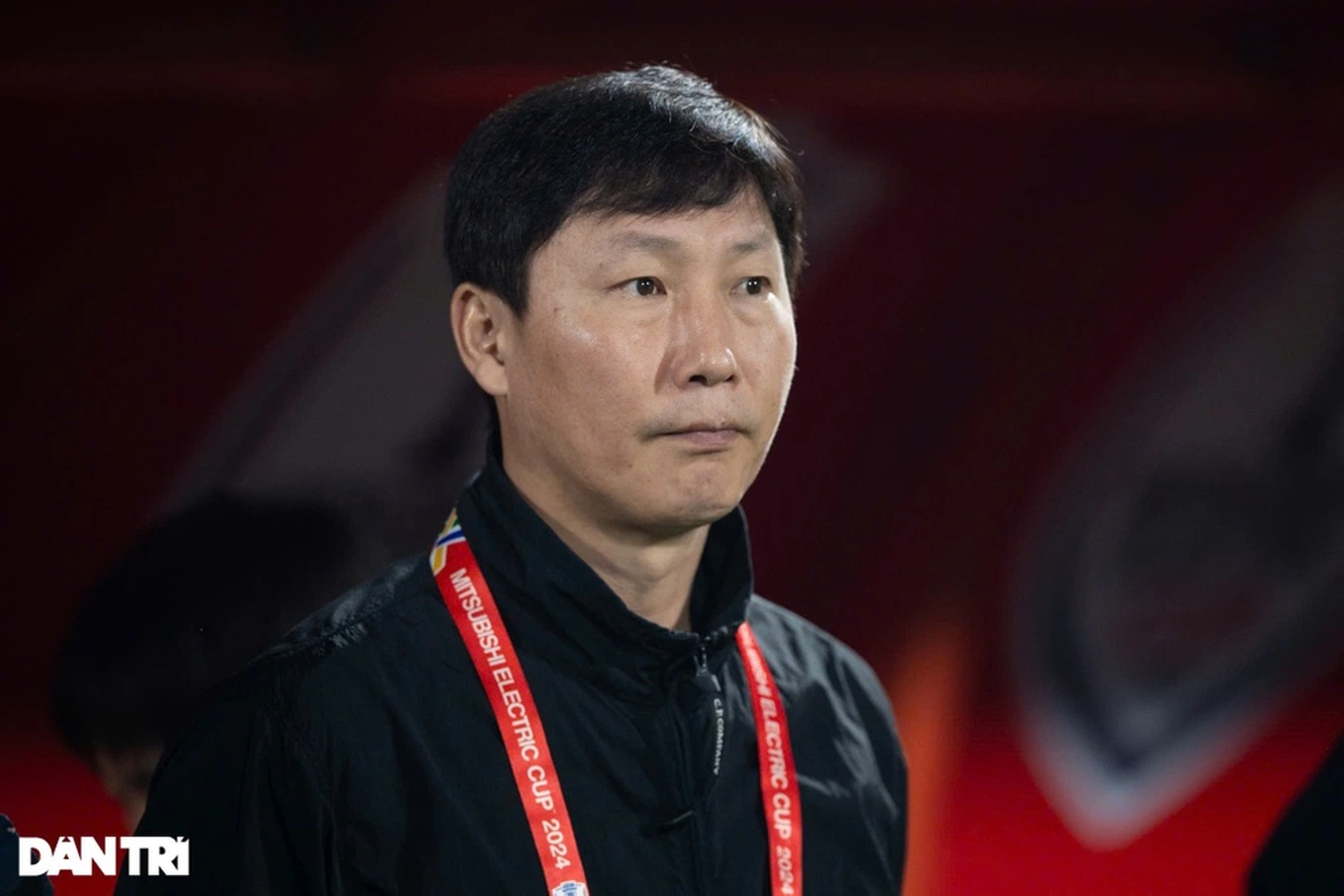







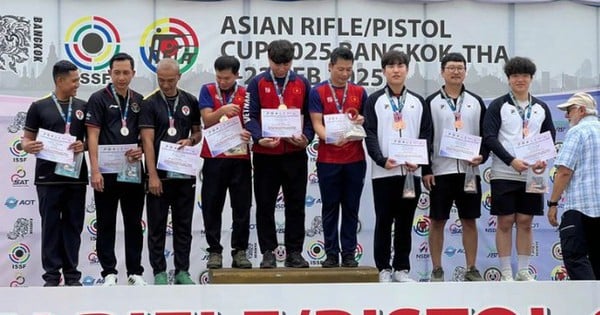























Comment (0)